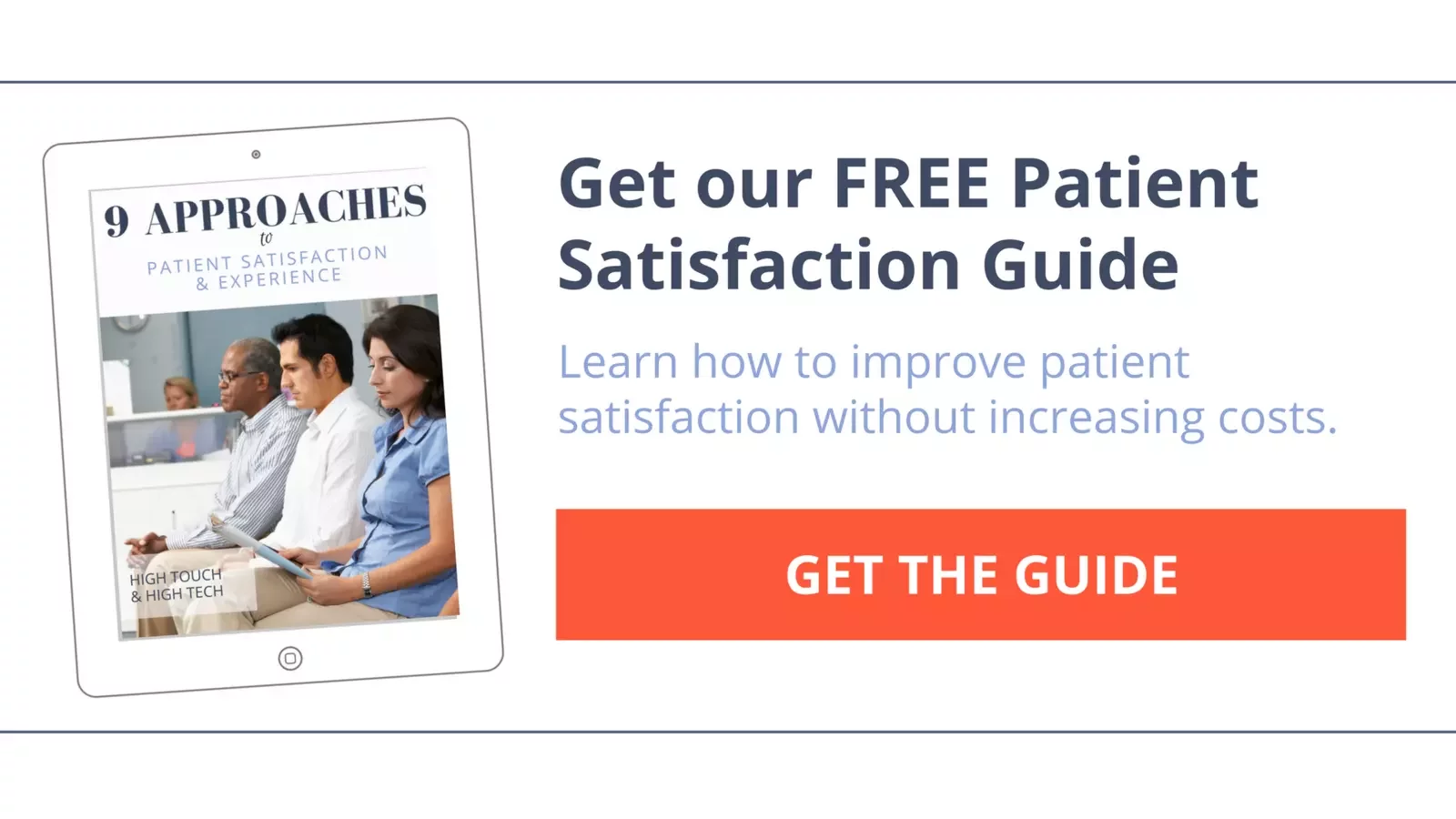
Sharing Hospital Rounding Data
A huge tool for improving HCAHPS scores is regularly sharing data with staff and patients.
If the results are posted in every department every month so staff can see how their unit is trending over time, they will realize how they are affecting the quality of care and patient experience.
They will be more proactive in looking for ways to improve.
Sharing data with staff lets them know how important this is to the organization and how seriously everyone needs to take it.
Also, patients and family members will see this patient experience information as well.
You can't be afraid to share the data.
Put it in an open place for patients and families to see. It will be a motivator for staff to say, “If the scores are not what I want, then I have the ability to do something about it.” “If we are embarrassed by the data, we are in control of it, and we can fix it."
Quicker Response
Receiving data from the HCAHPS survey as quickly as possible is another important factor in making patient care improvements. Many voluntary surveys are long and are often answered many weeks after the hospital experience. There may be selection and recall bias in the responses of those with very positive or very negative experiences.
Some hospitals have switched to a phone survey instead of the mailed survey to get a faster response and a quicker turnaround. While most likely better, this is still not as effective as addressing problems while the patient is still in the facility.
For instance, it has been proven that a patients’ perception of a hospital’s cleanliness can have a major impact on their overall care and hospital experience. The data shows correlations between patients’ perceptions of room cleanliness and three important categories: the risk of hospital-acquired infections; a hospital’s score on the HCAHPS survey; and scores on the HCAHPS teamwork indicators. Therefore, responding to a patient’s expression of “needs cleaning” quickly can positively affect the hospital’s HCAHPS score.
This could also be said of complaints about food, noise, lights, communication, and more.
Read more here: 10 Reasons for real-time data regarding patient experience.

